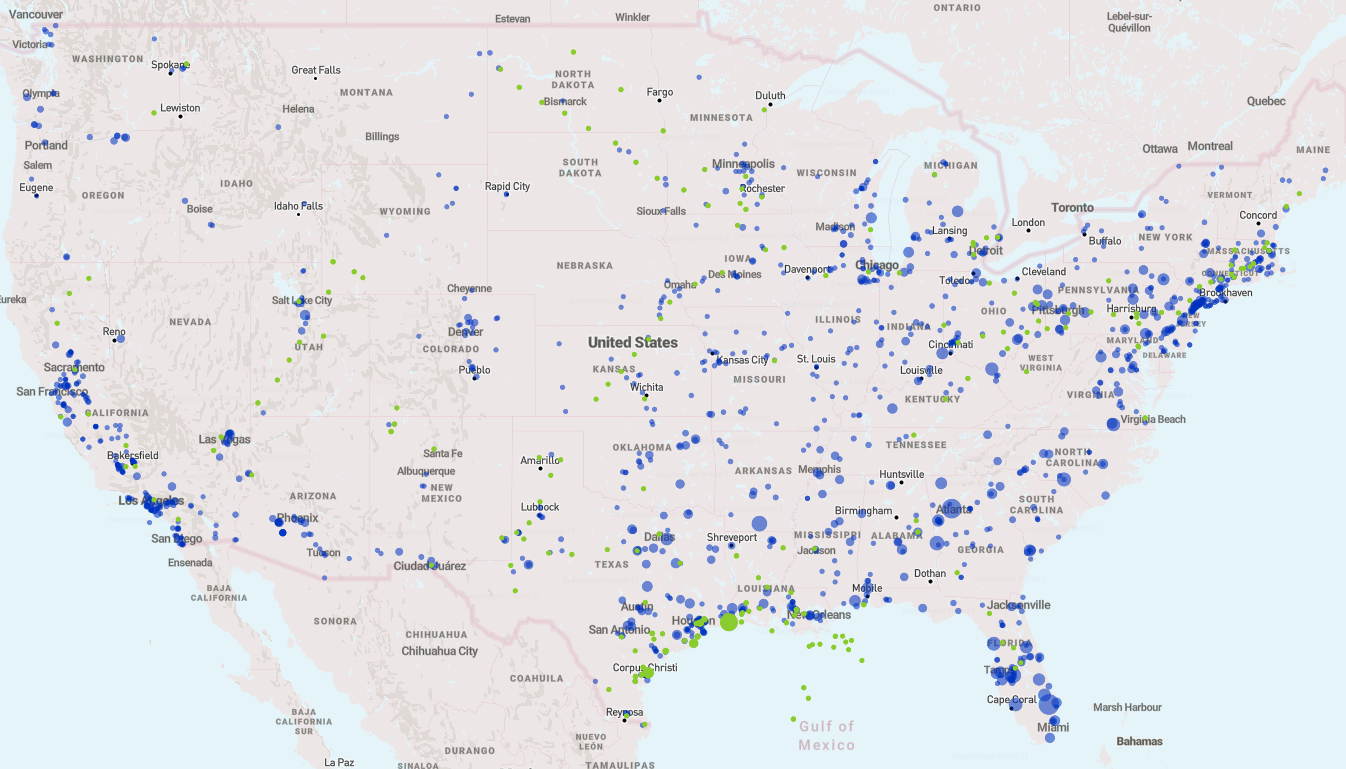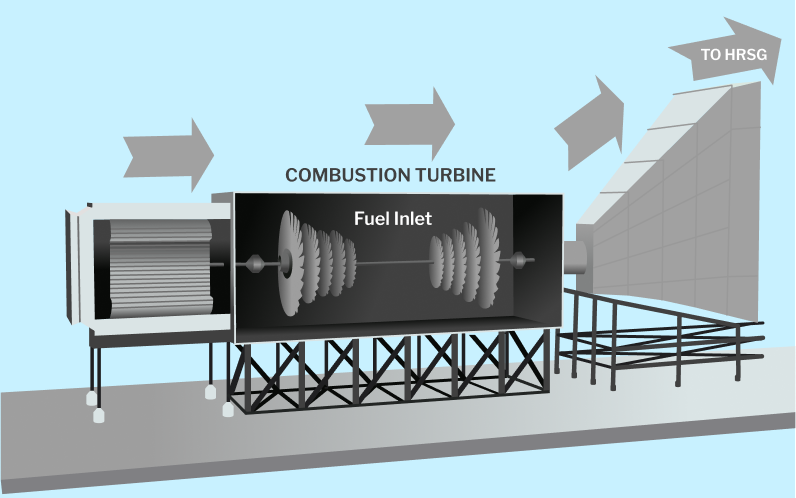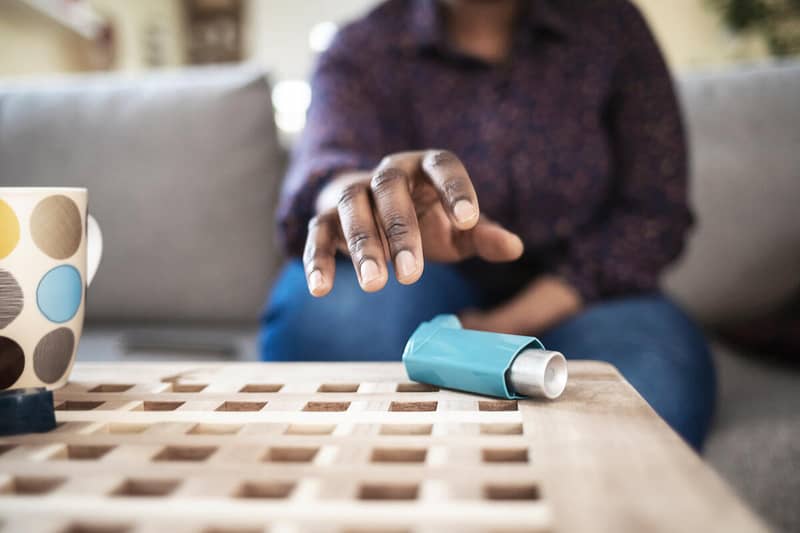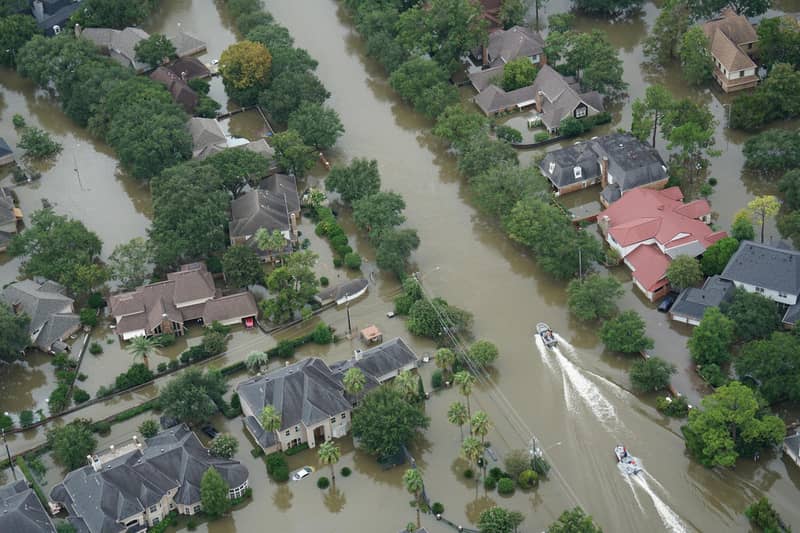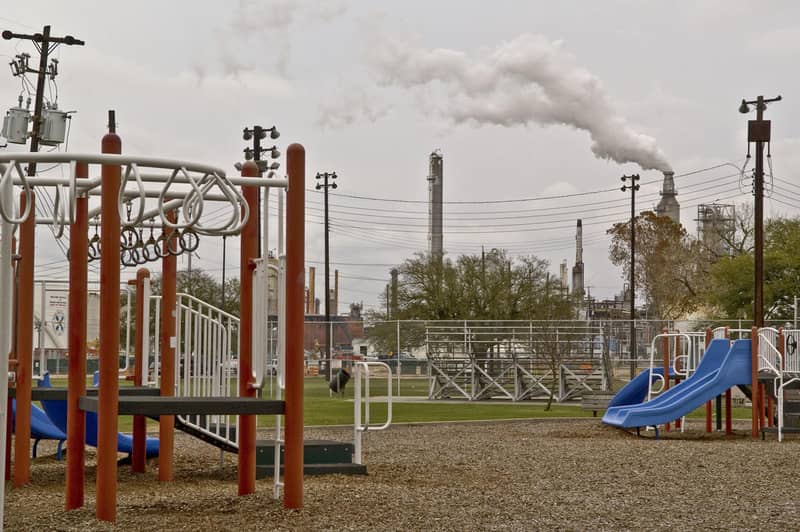Power plants and industrial facilities fueled by natural gas significantly contribute to several types of air pollution that damage our environment, exacerbate climate change, and pose a serious risk to people’s health. But major pollutants from gas-fired combustion turbines—engines that burn fuel to produce electricity or mechanical power at power plants and industrial facilities—are not yet subject to comprehensive protective federal clean air safeguards. These turbines emit harmful nitrogen oxides (NOx), greenhouse gases (GHGs), and hazardous air pollutants. Recently, the Environmental Protection Agency (EPA) unveiled a proposal to strengthen pollution limits for one of these three categories, NOx from new gas-fired combustion turbines. By law, the EPA must finalize these standards by November 2025 and consider comments from the public when shaping the final standards. This process provides the public with the opportunity to engage in the development of these protections and advocate for healthy, clean air for all.
The Clean Air Act requires the EPA to set air quality standards that limit the level of emissions coming from specific sources to protect public health and the environment, including emissions from gas-fired combustion turbines. While EPA has an obligation to limit this pollution at the federal level, states can also impose even stronger standards to further protect the health of their residents.
Currently, there is a need to strengthen each major category of pollution emitted by gas-fired turbines, especially:
- power plants: which supply electricity to the grid, and
- industrial facilities: which power industrial facility operations, like a plastics manufacturing facility.
- Strengthened Nitrogen Oxides (NOx) Standards: Strengthened standards are needed to protect the public from NOx pollution emitted by the new power sector and industrial sources. EPA has not updated the NOx standards for new gas-fired turbines since 2006. Today, some gas-fired turbines are achieving much lower rates than EPA's 2006 standards through the use of common pollution controls and demonstrating that far greater protections are achievable.
- New Greenhouse Gas (GHG) Standards: Comprehensive GHG standards are needed to protect people from the climate and public health effects of greenhouse gas pollution emitted by existing gas-fired combustion turbines in the power sector. While EPA has set GHG standards for new gas-fired combustion turbines, there are currently no GHG standards for such existing plants.
- Strengthened Hazardous Air Pollutant Standards: Strengthened standards are needed to protect people from toxic air pollution emitted by gas-fired combustion turbines in the power and industrial sectors. EPA’s list of 188 toxic air pollutants includes cancer-causing formaldehyde, benzene, mercury. EPA has not updated these standards for gas-fired turbines since 2004. Currently, the standards do not require that turbines install protective hazardous pollution controls, leaving threats to public health wide open. Moreover, emissions estimates for hazardous air pollutants are likely only a fraction (PDF) of the actual pollution from these facilities. We need greater data to better understand the extent of hazardous combustion turbine pollution, and we need more stringent pollution standards to reduce these toxic emissions and keep us all safe.
